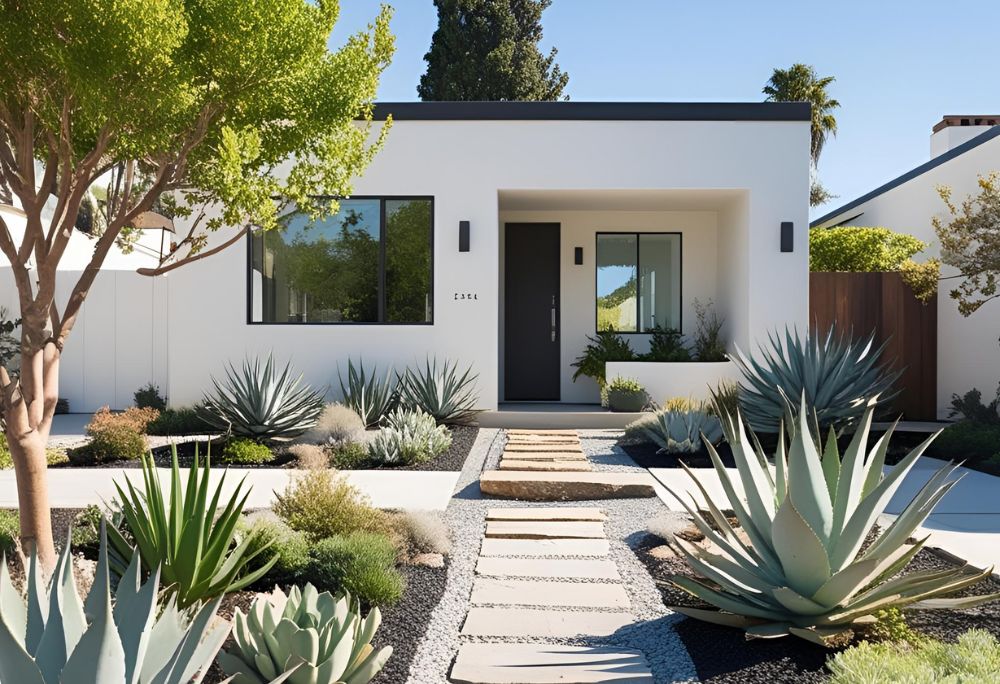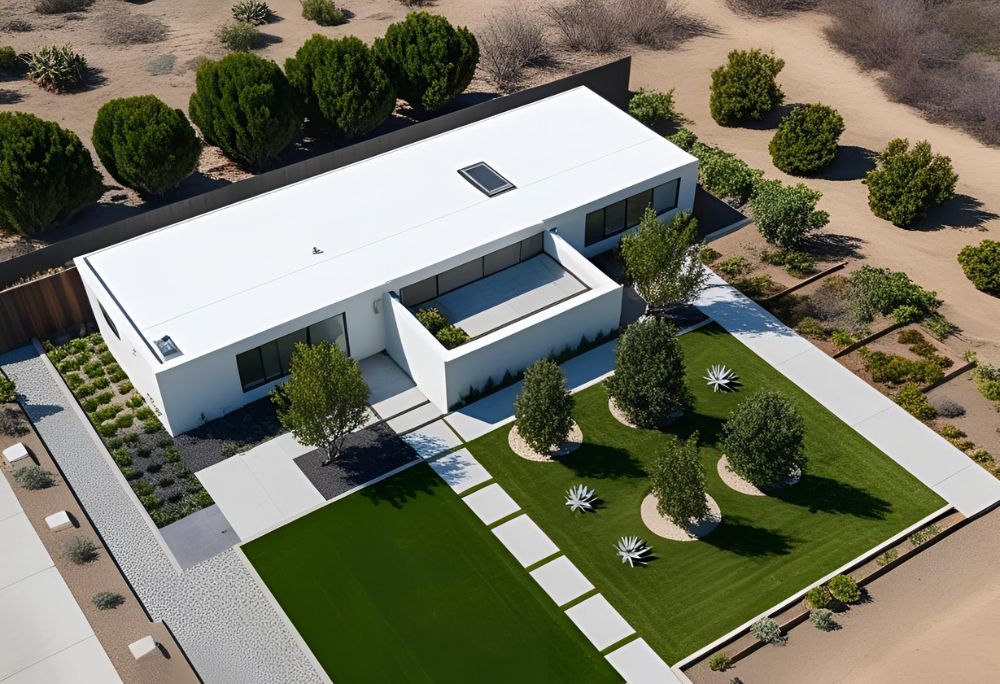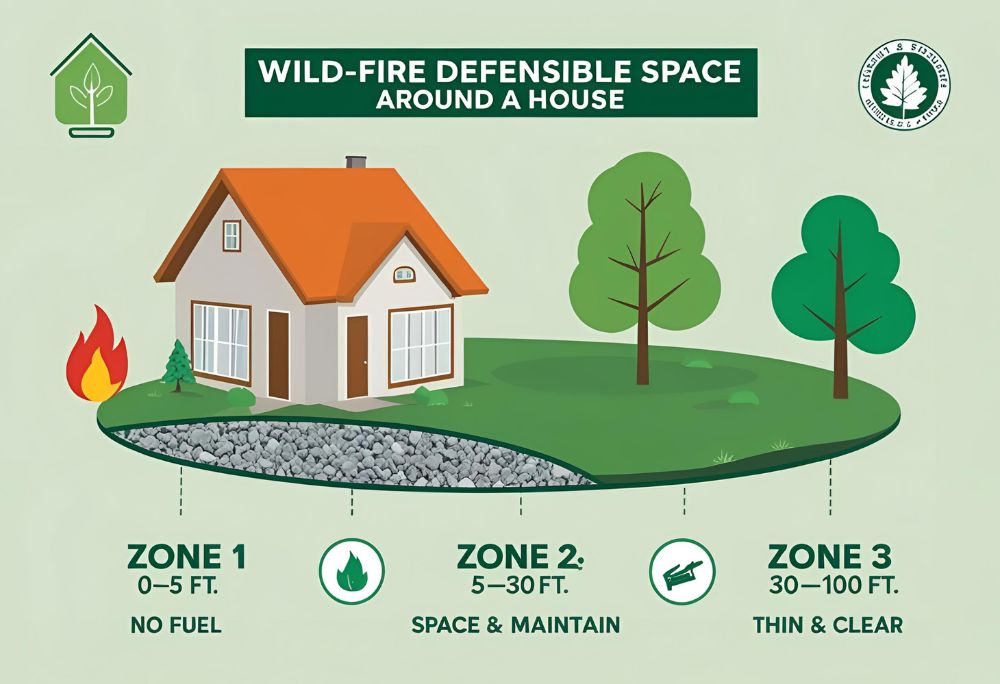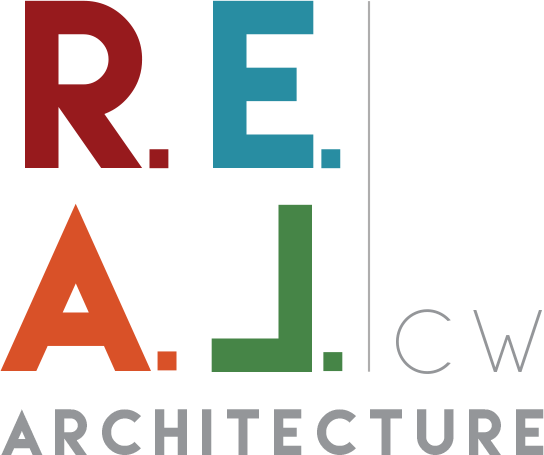How to Create Defensible Space
Wildfire Defense 101: How to Create a Defensible Space Around Your Home in Los Angeles
Wildfires are unpredictable, but protecting your home doesn’t have to be.
Today, we’re diving into the concept of defensible space—your home’s first (and best!) line of defense against wildfires.
Think of it like a force field that slows fire down and gives firefighters a fighting chance.
And guess what?
You don’t have to sacrifice a beautiful landscape.
Let’s break it down.
Zone 1: The Immediate Zone (0–5 Feet from Your Home)
This is the no-fuel zone—0 to 5 feet from your home.
If fire gets here, you want it to find nothing to burn.
Here’s what you need to do:
- Swap out flammable mulch for gravel, decomposed granite, or hardscaping like pavers and concrete.
- Keep plants to a minimum—choose succulents, lavender, or California lilac (they store moisture and resist ignition).
- Clean your gutters, roof, and under decks regularly. Even a pile of dry leaves can become a wildfire’s spark plug.
- Got a wooden fence? Replace the first 5 feet closest to your house with metal or masonry.
This zone is all about eliminating fuel.
If fire gets this close, you want it to hit a dead end.

Zone 2: The Intermediate Zone (5–30 Feet from Your Home)
This zone is about slowing the fire down and preventing flames from leaping toward your house.
The key here? Spacing and maintenance.
- Space out trees so their canopies are at least 10 feet apart.
- Trim tree branches 6–10 feet off the ground to stop fire from climbing like a ladder.
- Keep grass mowed to 4 inches or shorter.
- Place sheds, playsets, and outdoor furniture at least 30 feet away from your home—especially if they’re made of wood.
- Use hardscape elements like gravel pathways, stone patios, or dry creek beds as natural firebreaks.
This zone is about balance—you still want a beautiful yard, just without the fire hazards.

Zone 3: The Extended Zone (30–100 Feet or to Your Property Line)
Zone 3 is your final buffer—it won’t necessarily stop a wildfire, but it can slow it down enough to keep it manageable.
- Remove dead trees, fallen branches, and thick underbrush (aka fire’s favorite fuel).
- Thin out dense shrubs so fire can’t spread easily.
- Store firewood, propane tanks, or other flammable materials at least 30 feet away from any structures.
- If your home is on a slope, extend defensible space even further—fire moves faster uphill!
This zone is about creating breathing room.
More space = less fire risk.
Bonus: Smart Landscaping Choices
Defensible space doesn’t mean a barren wasteland.
You can still have a gorgeous yard—just with smarter plant choices.
Fire-Resistant Plants:
- Succulents – Aloe, agave, and sedum.
- Sage (Salvia) – A fragrant, fire-resistant beauty.
- Manzanita – Native to California, with fire-resistant bark and leaves.
- Toyon (California Holly) – A hardy native shrub.
- Yarrow – Drought-tolerant and holds moisture well.
Avoid These Fire Magnets:
- Juniper – It’s basically gasoline in plant form.
- Eucalyptus – Smells great but burns like crazy.
- Pine trees – Their needles and sap are highly flammable.
Extra Fire-Smart Landscaping Hacks:
- Use rock gardens, stone walls, and water features as natural firebreaks.
- Choose low-growing, high-moisture plants near your home.
- Add drip irrigation to keep plants hydrated without overwatering.

Crystal’s Defensible Space Golden Rules
If there’s one thing to remember about defensible space, it’s this:
Fire needs fuel. Don’t give it any.
0–5 Feet: Keep it clear and fireproof.
5–30 Feet: Manage vegetation, space out trees, and add firebreaks.
30–100 Feet: Remove dead plants, store firewood far away, and keep things thinned out.
This isn’t just about protecting one home—it’s about making entire communities more fire-resilient.
With the right planning, you can have a stunning, sustainable, and wildfire-resistant home.
If this was helpful, hit that like button and subscribe for more tips on building smarter, healthier spaces.
Let’s design homes that stand strong no matter what Mother Nature throws our way.
See you in the next one!
If you’re just starting your wildfire rebuild journey, check out Crystal’s 9 Essential Tips for Rebuilding Smarter After a Wildfire.
For official resources and updates on wildfire defense and rebuilding in California, visit the California Wildfire Recovery site.
